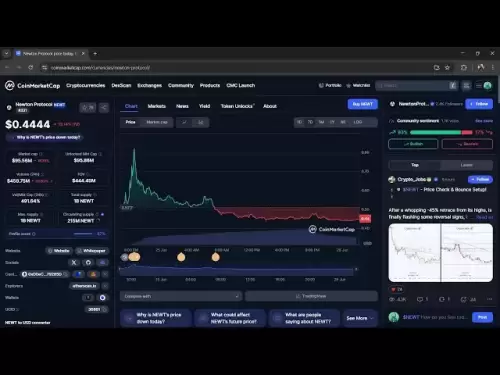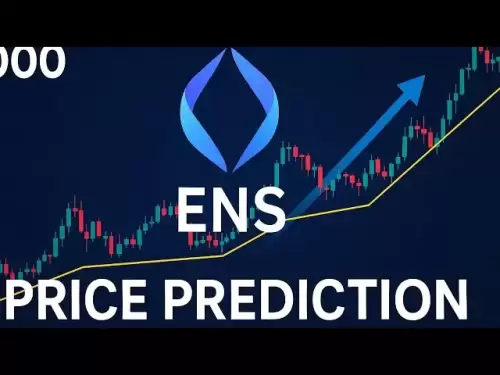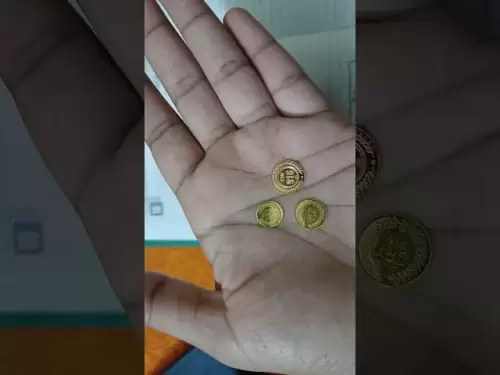-
 Bitcoin
Bitcoin $107,467.9126
1.26% -
 Ethereum
Ethereum $2,447.5288
-0.12% -
 Tether USDt
Tether USDt $1.0005
0.00% -
 XRP
XRP $2.1921
0.13% -
 BNB
BNB $647.2897
0.50% -
 Solana
Solana $144.8627
-0.37% -
 USDC
USDC $0.9996
-0.03% -
 TRON
TRON $0.2732
0.10% -
 Dogecoin
Dogecoin $0.1652
-0.18% -
 Cardano
Cardano $0.5700
-2.87% -
 Hyperliquid
Hyperliquid $37.0274
-1.81% -
 Bitcoin Cash
Bitcoin Cash $484.6957
0.19% -
 Sui
Sui $2.7354
-2.19% -
 Chainlink
Chainlink $13.1727
-1.49% -
 UNUS SED LEO
UNUS SED LEO $8.9978
-0.04% -
 Stellar
Stellar $0.2421
-2.33% -
 Avalanche
Avalanche $17.5633
-3.51% -
 Toncoin
Toncoin $2.8476
-1.94% -
 Shiba Inu
Shiba Inu $0.0...01166
-0.56% -
 Litecoin
Litecoin $85.1071
0.09% -
 Hedera
Hedera $0.1502
-2.96% -
 Monero
Monero $310.2774
-1.64% -
 Dai
Dai $0.9999
-0.01% -
 Polkadot
Polkadot $3.3584
-1.88% -
 Ethena USDe
Ethena USDe $1.0003
-0.04% -
 Bitget Token
Bitget Token $4.4443
2.90% -
 Pi
Pi $0.6242
14.04% -
 Uniswap
Uniswap $6.9774
-2.86% -
 Pepe
Pepe $0.0...09535
-5.05% -
 Aave
Aave $256.7574
-3.35%
How to invest in virtual currencies and transfer funds
Cryptocurrency investments offer potential for high returns but carry inherent risks, emphasizing the need for understanding, secure storage, and risk management for informed investment decisions.
Jan 11, 2025 at 05:55 pm

Key Points
- Understanding Cryptocurrency Investments
- Selecting a Suitable Exchange
- Navigating Cryptocurrency Transactions
- Utilizing Secure Storage Methods
- Monitoring Investments and Managing Risk
How to Invest in Virtual Currencies
1. Understanding Cryptocurrency Investments
Cryptocurrency investments involve purchasing digital assets that utilize blockchain technology for secure transactions. They differ from traditional fiat currencies issued by central banks, offering potential for high returns but also carrying inherent risks.
2. Selecting a Suitable Exchange
Choosing an appropriate cryptocurrency exchange is crucial. Consider factors such as reputation, security measures, trading fees, supported coins, and user interface. Research and compare different exchanges before selecting one.
3. Navigating Cryptocurrency Transactions
Cryptocurrency transactions rely on digital wallets, which hold the private keys necessary to access funds. To purchase or sell cryptocurrencies, connect your wallet to the exchange and initiate a transaction. Be aware of transaction fees and potential market volatility.
4. Utilizing Secure Storage Methods
Safeguarding your cryptocurrencies is essential. Consider hardware wallets or reputable custodian services for offline storage of your private keys. Implement strong passwords and enable two-factor authentication to enhance account security.
5. Monitoring Investments and Managing Risk
Regularly monitor your cryptocurrency investments and stay informed about market conditions. Diversify your portfolio by investing in a range of cryptocurrencies, and allocate funds according to your risk tolerance. Be prepared to adjust your strategies based on market fluctuations.
How to Transfer Funds
1. Understanding Cryptocurrency Transfers
Cryptocurrency transfers involve sending funds from one wallet to another. Each transaction is recorded on the relevant blockchain, providing a transparent and immutable record of ownership.
2. Selecting a Transfer Method
Choose an appropriate transfer method based on the specific cryptocurrencies involved. Options include direct wallet-to-wallet transfers, using exchange platforms as intermediaries, or utilizing decentralized exchanges.
3. Initiating a Transfer
To initiate a transfer, you will need the recipient's wallet address and the amount you wish to send. Carefully verify the recipient's address to avoid errors. Transaction fees may apply, depending on the network and transfer method.
4. Confirming and Tracking the Transfer
Once the transfer is initiated, confirm the transaction by checking the status on the blockchain explorer or from the exchange platform used. Tracking allows you to monitor the progress of your transfer and verify its successful completion.
5. Handling Transfer Issues
In case of any transfer issues, troubleshoot by verifying the transaction status, checking for errors in the recipient's address, and contacting the exchange platform for assistance.
FAQs
What are some reputable cryptocurrency exchanges?
- Binance
- Coinbase
- Kraken
- Gemini
- KuCoin
How do I keep my cryptocurrencies safe?
- Use hardware wallets or reputable custodian services for secure offline storage.
- Implement strong passwords and enable two-factor authentication.
- Be cautious of phishing scams and unsolicited investment advice.
Are there any fees associated with cryptocurrency transfers?
- Transaction fees may apply, depending on the network and transfer method.
- Exchanges often charge withdrawal fees for transferring funds to external wallets.
How can I find the transaction status of my cryptocurrency transfer?
- Check the blockchain explorer or exchange platform for the specific transaction ID.
- Status updates may include "pending," "confirmed," or "complete."
What should I do if I have made an error in my cryptocurrency transfer?
- Contact the exchange platform or wallet provider immediately to report the error.
- Verify the recipient's address carefully to ensure accuracy.
- If possible, try to cancel the transaction before it is processed on the blockchain.
Disclaimer:info@kdj.com
The information provided is not trading advice. kdj.com does not assume any responsibility for any investments made based on the information provided in this article. Cryptocurrencies are highly volatile and it is highly recommended that you invest with caution after thorough research!
If you believe that the content used on this website infringes your copyright, please contact us immediately (info@kdj.com) and we will delete it promptly.
- BNB Price Check: Can Binance Coin Reserves Fuel a Rally to $800?
- 2025-06-26 20:25:12
- PEPD, Memes, and Ethereum: A New Era of Meme Utility?
- 2025-06-26 20:25:12
- DOGE, BlockDAG, and Coin Airdrops: The New Wave of Crypto Opportunities
- 2025-06-26 18:45:12
- Neo Pepe and the Crypto Presales Popping in June 2025
- 2025-06-26 18:45:12
- Bitcoin, DeFi Tokens, and Relist Moves: What's Hot in Crypto Right Now
- 2025-06-26 18:30:11
- Binance, Bitcoin, and Altcoins: Navigating the Crypto Landscape
- 2025-06-26 19:05:12
Related knowledge
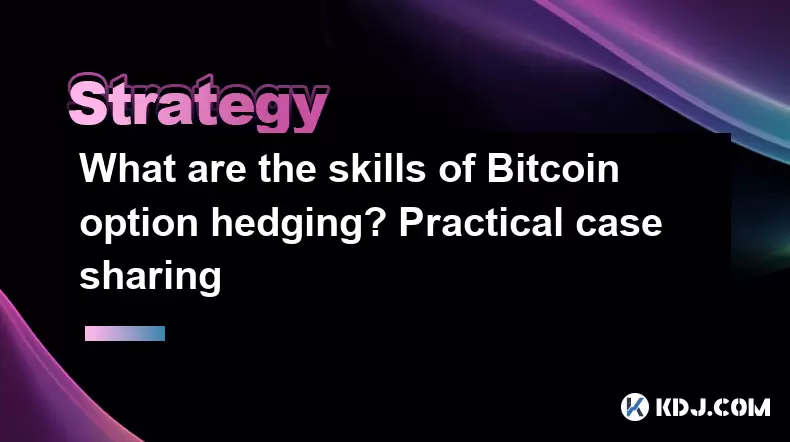
What are the skills of Bitcoin option hedging? Practical case sharing
Jun 24,2025 at 04:01pm
Understanding Bitcoin Option HedgingBitcoin option hedging is a risk management strategy used by traders and investors to protect their positions in the volatile cryptocurrency market. By using options, individuals can limit potential losses while retaining the opportunity for profit. In essence, it allows one to insulate against adverse price movements...
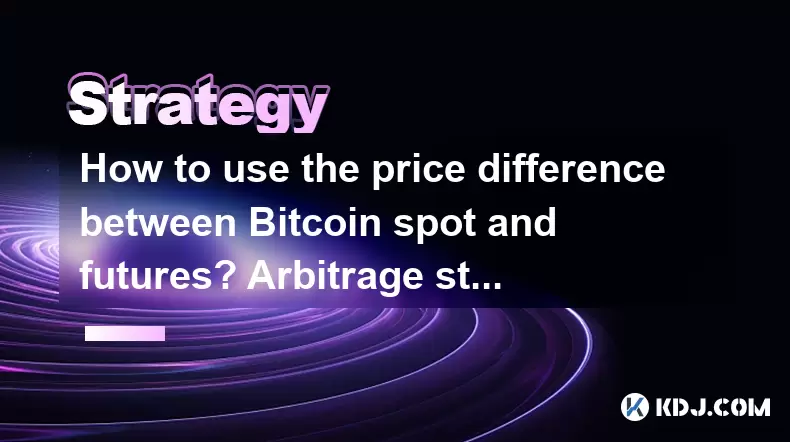
How to use the price difference between Bitcoin spot and futures? Arbitrage strategy
Jun 20,2025 at 02:56pm
Understanding Bitcoin Spot and Futures MarketsTo effectively leverage arbitrage opportunities between Bitcoin spot and futures markets, it's essential to understand the fundamental differences between these two types of markets. The spot market refers to the direct buying and selling of Bitcoin for immediate delivery at the current market price. In cont...
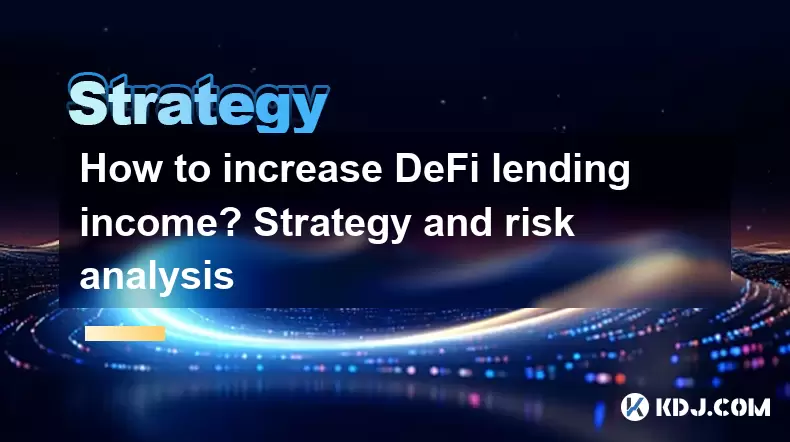
How to increase DeFi lending income? Strategy and risk analysis
Jun 24,2025 at 02:08pm
Understanding DeFi Lending and Its Income PotentialDeFi (Decentralized Finance) lending has emerged as a popular way to earn passive income in the cryptocurrency space. Unlike traditional banking systems, DeFi lending platforms allow users to lend their crypto assets directly to borrowers without intermediaries. The lenders earn interest based on the su...
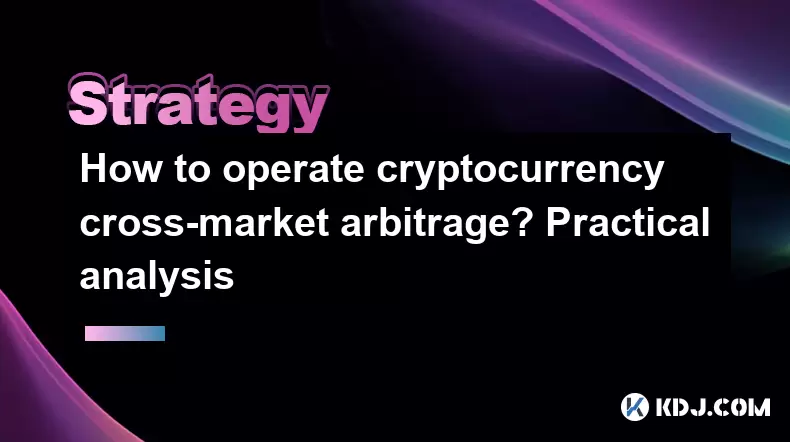
How to operate cryptocurrency cross-market arbitrage? Practical analysis
Jun 23,2025 at 04:01am
Understanding Cryptocurrency Cross-Market ArbitrageCryptocurrency cross-market arbitrage involves taking advantage of price differences for the same digital asset across different exchanges. The core idea is to buy low on one exchange and sell high on another, capturing the profit from the discrepancy. This strategy relies heavily on real-time market da...

How to make profits from high-frequency cryptocurrency trading? Sharing core skills
Jun 19,2025 at 05:07pm
Understanding High-Frequency Cryptocurrency TradingHigh-frequency trading (HFT) in the cryptocurrency market involves executing a large number of trades at extremely fast speeds, often within milliseconds. This method relies on small price discrepancies across exchanges or within a single exchange’s order book. Traders use complex algorithms and ultra-l...

What are the methods of cryptocurrency quantitative trading? Detailed analysis
Jun 22,2025 at 11:07pm
Understanding the Core of Cryptocurrency Quantitative TradingCryptocurrency quantitative trading refers to the use of mathematical models and algorithms to execute trades in the digital asset market. Unlike traditional discretionary trading, which relies heavily on human judgment, quantitative trading leverages data-driven strategies to identify profita...

What are the skills of Bitcoin option hedging? Practical case sharing
Jun 24,2025 at 04:01pm
Understanding Bitcoin Option HedgingBitcoin option hedging is a risk management strategy used by traders and investors to protect their positions in the volatile cryptocurrency market. By using options, individuals can limit potential losses while retaining the opportunity for profit. In essence, it allows one to insulate against adverse price movements...

How to use the price difference between Bitcoin spot and futures? Arbitrage strategy
Jun 20,2025 at 02:56pm
Understanding Bitcoin Spot and Futures MarketsTo effectively leverage arbitrage opportunities between Bitcoin spot and futures markets, it's essential to understand the fundamental differences between these two types of markets. The spot market refers to the direct buying and selling of Bitcoin for immediate delivery at the current market price. In cont...

How to increase DeFi lending income? Strategy and risk analysis
Jun 24,2025 at 02:08pm
Understanding DeFi Lending and Its Income PotentialDeFi (Decentralized Finance) lending has emerged as a popular way to earn passive income in the cryptocurrency space. Unlike traditional banking systems, DeFi lending platforms allow users to lend their crypto assets directly to borrowers without intermediaries. The lenders earn interest based on the su...

How to operate cryptocurrency cross-market arbitrage? Practical analysis
Jun 23,2025 at 04:01am
Understanding Cryptocurrency Cross-Market ArbitrageCryptocurrency cross-market arbitrage involves taking advantage of price differences for the same digital asset across different exchanges. The core idea is to buy low on one exchange and sell high on another, capturing the profit from the discrepancy. This strategy relies heavily on real-time market da...

How to make profits from high-frequency cryptocurrency trading? Sharing core skills
Jun 19,2025 at 05:07pm
Understanding High-Frequency Cryptocurrency TradingHigh-frequency trading (HFT) in the cryptocurrency market involves executing a large number of trades at extremely fast speeds, often within milliseconds. This method relies on small price discrepancies across exchanges or within a single exchange’s order book. Traders use complex algorithms and ultra-l...

What are the methods of cryptocurrency quantitative trading? Detailed analysis
Jun 22,2025 at 11:07pm
Understanding the Core of Cryptocurrency Quantitative TradingCryptocurrency quantitative trading refers to the use of mathematical models and algorithms to execute trades in the digital asset market. Unlike traditional discretionary trading, which relies heavily on human judgment, quantitative trading leverages data-driven strategies to identify profita...
See all articles




















